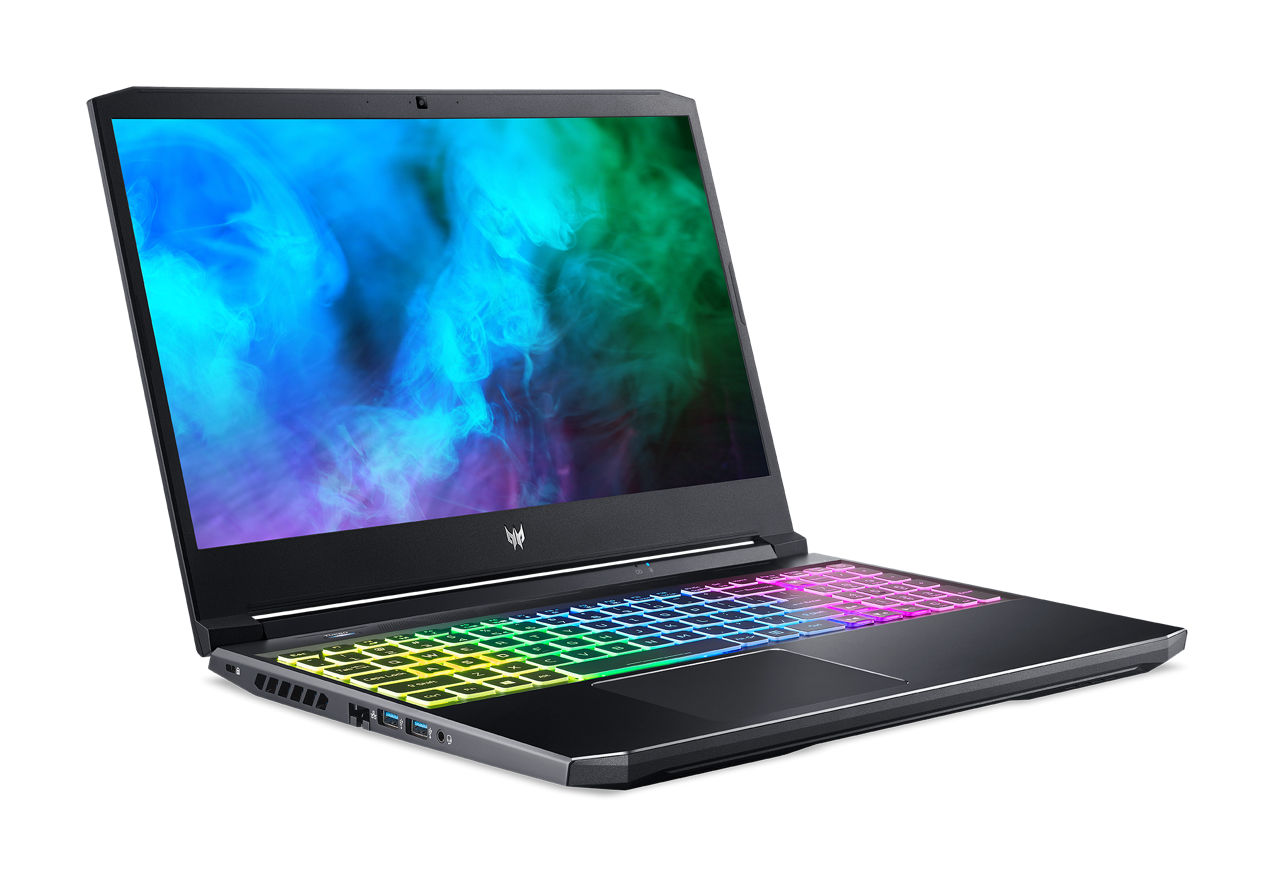Login / Register
The gaming experience has come a long way since the first days of Atari. For end users to be fully engaged in the gaming activity—and stay engaged for longer, studios have long noticed that they must provide richer and deeper content. And by virtually any measure—they have delivered: creating detailed worlds, high levels of interactivity and incredibly realistic simulations. But it comes at the cost of growing requirements of compute resources as content continuously pushes the performance of gaming platforms to their limits. Designing a gaming system that unleashes the full potential of a triple-A game is a challenge. Designing a laptop that is tuned for higher performance, low power consumption and lightweight form factor is a herculean task!
In essence the gaming platform is made up of roughly the same components as any personal computer or gaming console: CPU, GPU, memory and storage. But depending upon how it is architected and the selection of these components you can have a much different experience. Micron works with a range of ecosystem partners, GPU OEMs and systems partners such as Acer to develop the best-in-class memory subsystems to take advantage of specialized processing and data operation to improve performance as well as power. Acer has the experience and expertise to bring all of these key components together in a balanced, high-performance design to enable unparalleled gaming experiences.

Acer's Predator Helios 300 gaming laptop is equipped with a number of leading components1, such as NVIDIA® GPU, Intel® CoreTM i9 CPUs, Micron 3400 SSDs, and memory. Each of these components has impressive capabilities of their own, but putting these components together allows breakthroughs in performance. Consider two examples:
Micron has created the world’s fastest discrete graphics memory solution, GDDR6X. NVIDIA includes this robust memory technology in the NVIDIA GeForce RTXTM 30 Series to deliver the ultimate gaming and content creation performance. It takes incredible memory bandwidth to match the powerful performance of the NVIDIA Ampere architecture streaming and ray-tracing capabilities that make for such realistic gaming.
As another example: NVIDIA GeForce RTXTM 30 Series GPU is capable of Direct Memory Access (DMA) to the Micron 3400 SSD NVMe featured in selected Predator Helios 300 configurations. This allows the GPU direct access to the SSD as if it were RAM memory. When large volumes of data are needed, the graphics engine can quickly access the SSD and copy the data directly to vRAM that is used as a cache. With a read bandwidth of 6,600 MB/s it is more than adequate to support full HD quality images at 1080p and high frame rates. Performance test conducted with this laptop has proven it is more than capable of supporting full Ultra HD AAA gaming at frames rates up to 140 FPS. That is a whopping 870.8 MB/s of data accessed and processed!
Most importantly, the solution delivers an incredible end user experience. The performance of the Predator Helios 300 laptop enables the richness of the graphics, improves textures and smoothness of the images displayed and reduces input lag and gives you the most realistic ray-traced graphics and cutting-edge AI features like NVIDIA DLSS. Micron is proud that our technology innovations support such rich systems innovation and unmatched gaming experiences.
Ready to learn more?
Visit micron.com/3400 to learn about the Micron SSD driving this powerful laptop
Visit micron.com/dram to learn about Micron memory
Visit www.acer.com/ac/en/US/content/predator-series/predatorhelios300 to learn about the Acer Predator Helios 300
1. Specifications may vary depending on model or region